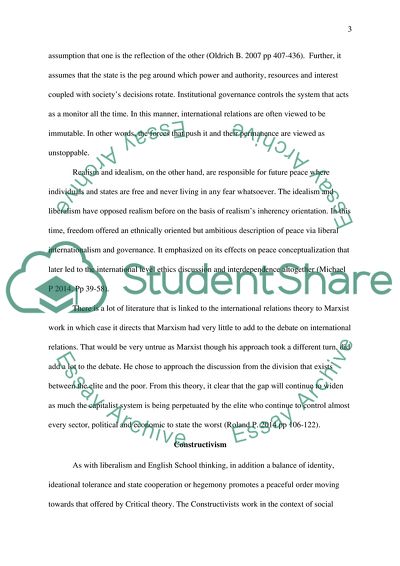Cite this document
(International Relations Theories and International Peacekeeping Coursework Example | Topics and Well Written Essays - 3750 words, n.d.)
International Relations Theories and International Peacekeeping Coursework Example | Topics and Well Written Essays - 3750 words. https://studentshare.org/social-science/1875530-what-do-ir-theories-have-to-say-about-peacekeeping
International Relations Theories and International Peacekeeping Coursework Example | Topics and Well Written Essays - 3750 words. https://studentshare.org/social-science/1875530-what-do-ir-theories-have-to-say-about-peacekeeping
(International Relations Theories and International Peacekeeping Coursework Example | Topics and Well Written Essays - 3750 Words)
International Relations Theories and International Peacekeeping Coursework Example | Topics and Well Written Essays - 3750 Words. https://studentshare.org/social-science/1875530-what-do-ir-theories-have-to-say-about-peacekeeping.
International Relations Theories and International Peacekeeping Coursework Example | Topics and Well Written Essays - 3750 Words. https://studentshare.org/social-science/1875530-what-do-ir-theories-have-to-say-about-peacekeeping.
“International Relations Theories and International Peacekeeping Coursework Example | Topics and Well Written Essays - 3750 Words”. https://studentshare.org/social-science/1875530-what-do-ir-theories-have-to-say-about-peacekeeping.


